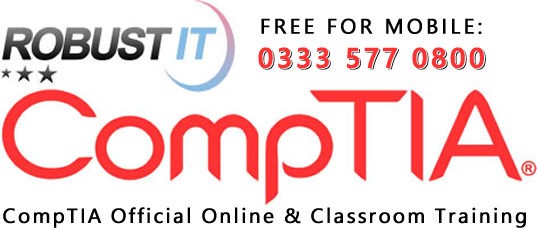

A CompTIA Network+ certification is the ideal way to get into the complex area of IT networking, with the vendor neutral nature of the qualification meaning it is a great starting point for more specific networking qualifications

The CompTIA Network+ certification is a worldwide recognised qualification that validates the skills of networking professionals. The qualification recognises a technician's ability to describe the features and functions of network components and to manage, maintain, troubleshoot, install, operate and configure basic network infrastructure.
This certification will verify that the successful candidate has the knowledge and skills required to implement a defined network architecture with basic network security. Furthermore, a successful candidate will be able to configure, maintain, and troubleshoot network devices using appropriate network tools and understand the features and purpose of network technologies. Candidates will be able to make basic solution recommendations, analyse network traffic, and be familiar with common protocols and media types.
We were the first company in the world to have online course content for the CompTIA Network+ N10-006 (2015) accredited by CompTIA themselves*, so when you study with us you know that you are studying only the most up-to-date and relevant course materials. If you are looking to complete a CompTIA Network+ qualification we strongly recommend that you enrol to a training program that features the brand new N10-006 materials, as the old N10-005 exam was expired by CompTIA in August 2015.
* This can be verified at the search tool at the following CompTIA site: Certification.comptia.org
The main areas that are covered in this course are:
Achieving a CompTIA Network+ qualification will unlock a number of doors for you within the IT industry, with salaries for those that hold a Network+ certification averaging at £22,500.
The roles that you will be qualified for are as follows:
CompTIA CertMaster is an online learning tool that helps you prepare for your CompTIA certification exam with confidence.
To find out more about CertMaster please click below to...
Find out more »